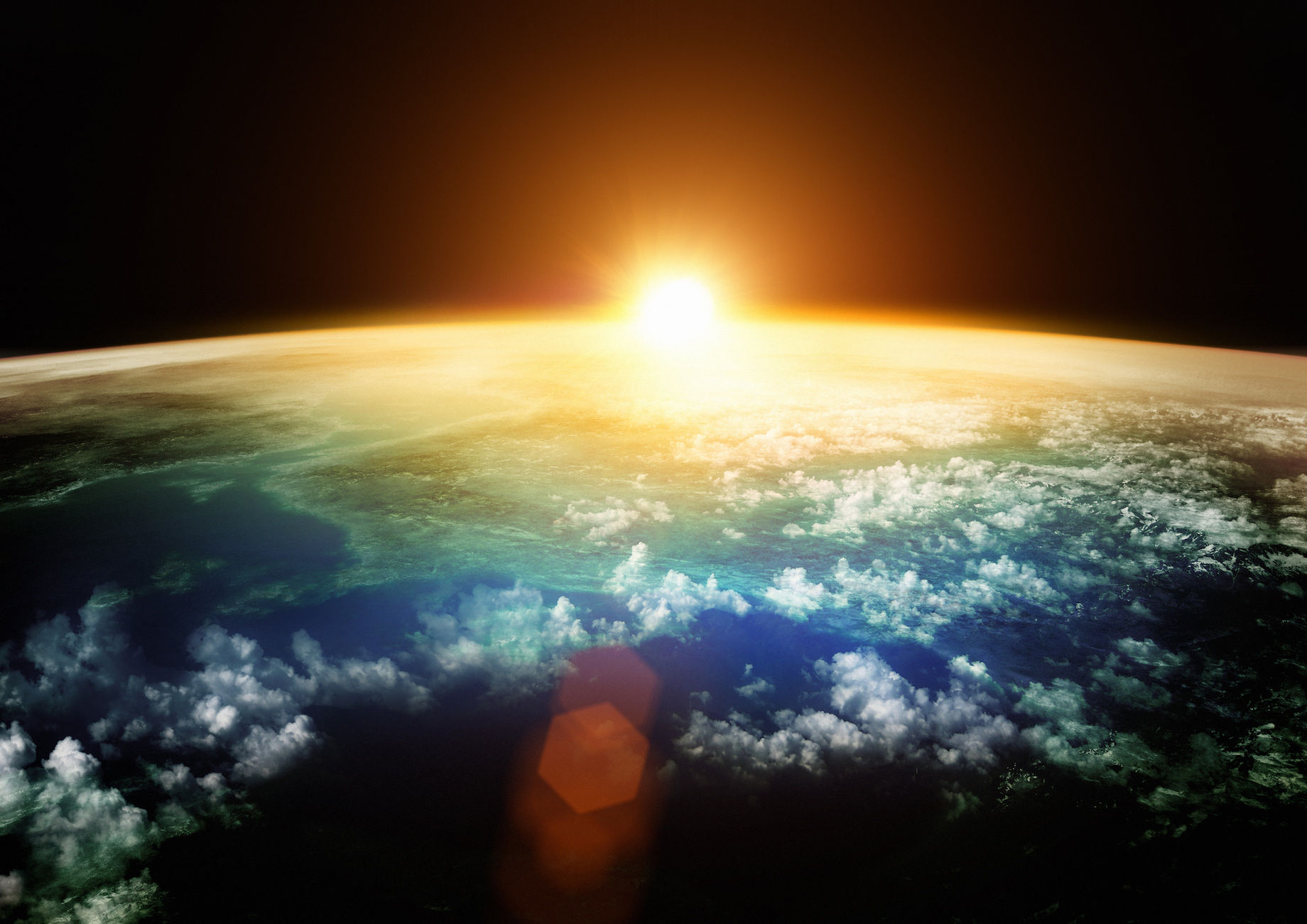
How planets Earth and Mars may have been created
Planets generally form when materials collide together, and layer after layer is added to increase the mass and gravitational pull. It’s a volatile process, and atmospheres of vaporized rock and magma oceans are created when planetary bodies collide with each other at speeds of a few kilometers per second. As layers are added in a process known as accretion, elements are also lost.
Scientists still debate if this is how all planets form, and many wonder if Earth and Mars in particular come from a nearby nebula, or if they’re just a result of unique chaotic formations.
Now, new research from the University of Bristol aims to settle this debate once and for all. The study, which was published in the journal Nature, explains that Earth and Mars underwent a similar process as they formed.
During accretion, the composition of the planet changes drastically, and the collisions generate massive heat, but it’s unsustainable. Over time, as the planet increases its temporary silicate heavy atmosphere, materials are repeatedly released from the planet’s gravitational pull.
“We have provided evidence that such a sequence of events occurred in the formation of the Earth and Mars, using high-precision measurements of their magnesium isotope compositions.” said Dr. Remco Hin, leader of the research.
Analyzing samples from Earth, meteorites from Mars, and samples from the asteroid Vesta, the researchers found all three contain magnesium isotope ratios unique to any nebula that could have contributed to early formation.
The study also concluded that the Earth lost 40 percent of its mass during its construction as repeated episodes of vaporization occurred.
“This process seems common to planet building in general, not just for Earth and Mars, but for all planets in our Solar System and probably beyond, but differences in the collision histories of planets will create a diversity in their compositions,” said Hin.
The research sheds new light on the formation of planets and how each planet is composed. Looking more closely at the collision history of any planet will help map out its singular composition.
—
By Kay Vandette, Earth.com Staff Writer












